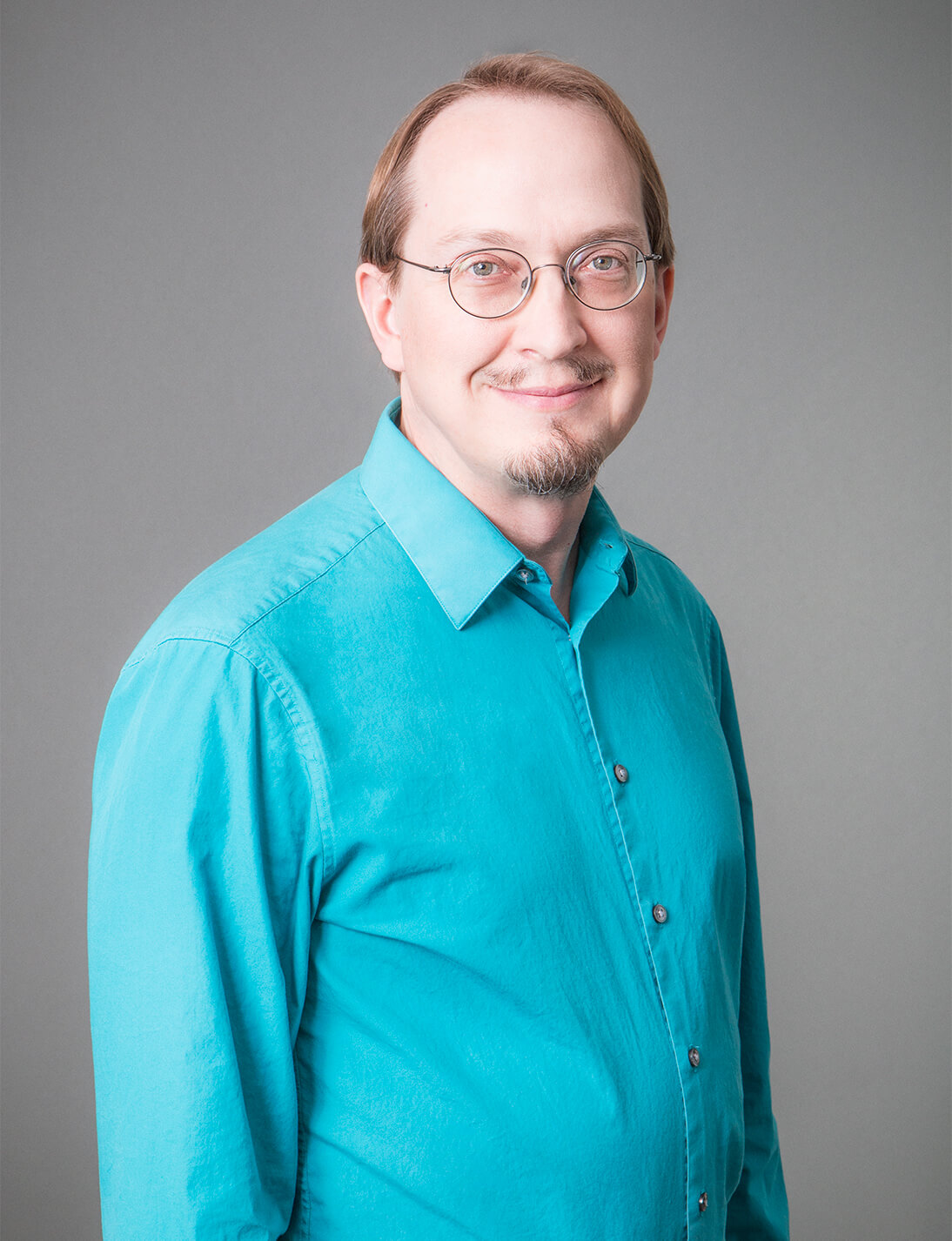For Your Eyes Only

Ever wondered what’d happen if James Bond and Albert Einstein walked into a bar? USC Viterbi Professor Todd Brun just might have the answer.
Building upon existing steganography methods, Brun’s quantum steganography project explores delivering secret messages in a way that no one but the intended recipient would know that they even existed, using quantum physics to enable highly secure communications. Quantum steganography could potentially be used by governments, militaries, intelligence agencies and multinational banks that place a premium on secret communications.
While steganography is etymologically related to the word “stegosaurus” (“Jurassic Park,” anyone?), Brun’s research on quantum steganography for secure transmissions is as futuristic as it gets. Stemming from the Latin word steganos, meaning “covered,” steganography is the art of hiding information or a message in plain sight, which differentiates it from other secret transmission methods like cryptography.
Cryptography is a way to secure communication by transforming the message into a code that’s difficult for unintended recipients or eavesdroppers to decipher; however, since the message looks like gibberish, the eavesdropper will at the very least realize there’s something hidden within the communication.
By contrast, steganography conceals the fact that there’s even a message in the first place.
In the earliest recorded example of steganography, a message was tattooed on the shaved head of a Greek messenger. By the time he reached the recipient, his hair had grown back and concealed the message with no one the wiser.
Fortunately, there are other methods that don’t involve getting a new ’do. Spies, for example, would embed secret messages in letters by using cards with holes cut in strategic locations that show the intended hidden message. In the modern age, digital images can hide secret messages within their pixels.
In both cryptography and steganography, a secret key is shared in advance between the sender and the recipient. Cryptography uses this key to scramble the message, while steganography uses it to trick people into believing that no message exists.
Brun’s research takes things to the next level by using quantum physics to hide messages for even greater communication security. This method uses quantum channels — a communication channel using quantum states of light like photons or weak laser pulses to transmit information.
“The particular method that we’re using is related to an idea called covert communication, where we’re disguising our transmissions as an idle channel — that is, a channel where no messages are being sent,” Brun explained.
Photons, which are particles of light, are in the background of every communication channel, even if it’s an idle one. In quantum steganography, the secret message is transmitted using a series of weak laser pulses that seem like a random pattern of photons in the background; however, the pattern is far from random and actually contains the message itself.
This extra layer of protection can greatly secure sensitive information, which would be useful for government agencies and banks, for example. “The main advantage of quantum steganography over classical [steganography] is that it potentially allows the transmission of quantum messages,” Brun said.
These messages enable quantum communication protocols, such as quantum authentication. “The current proposed experiments don’t do this, but in the future, this may become possible,” Brun added.
To test this theory, Jonathan Habif, quantum physicist at USC’s Information Sciences Institute and a USC Viterbi research assistant professor, has begun working with Brun at ISI’s Laboratory for Quantum-Limited Information (QLIlab).
Quantum steganography can be used to “watermark” communications, which proves that a transmission is genuine and can prevent eavesdropping attacks. It can also use entanglement for secret communication, which is when two quantum particles are strongly linked in such a way that they can theoretically enable quantum protocols like teleportation.
“This method is a little science-fictional right now, in that there aren’t a lot of quantum channels out there and they’re mostly used for research,” Brun said. “In the future, that’s likely to change, however, as quantum channels can be used to share secret keys for cryptography or to share entanglement for a variety of different quantum communication protocols. Secret messages could then be piggybacked on top of those quantum transmissions.”
Finally, a Quantum that Mr. Bond can get behind.




